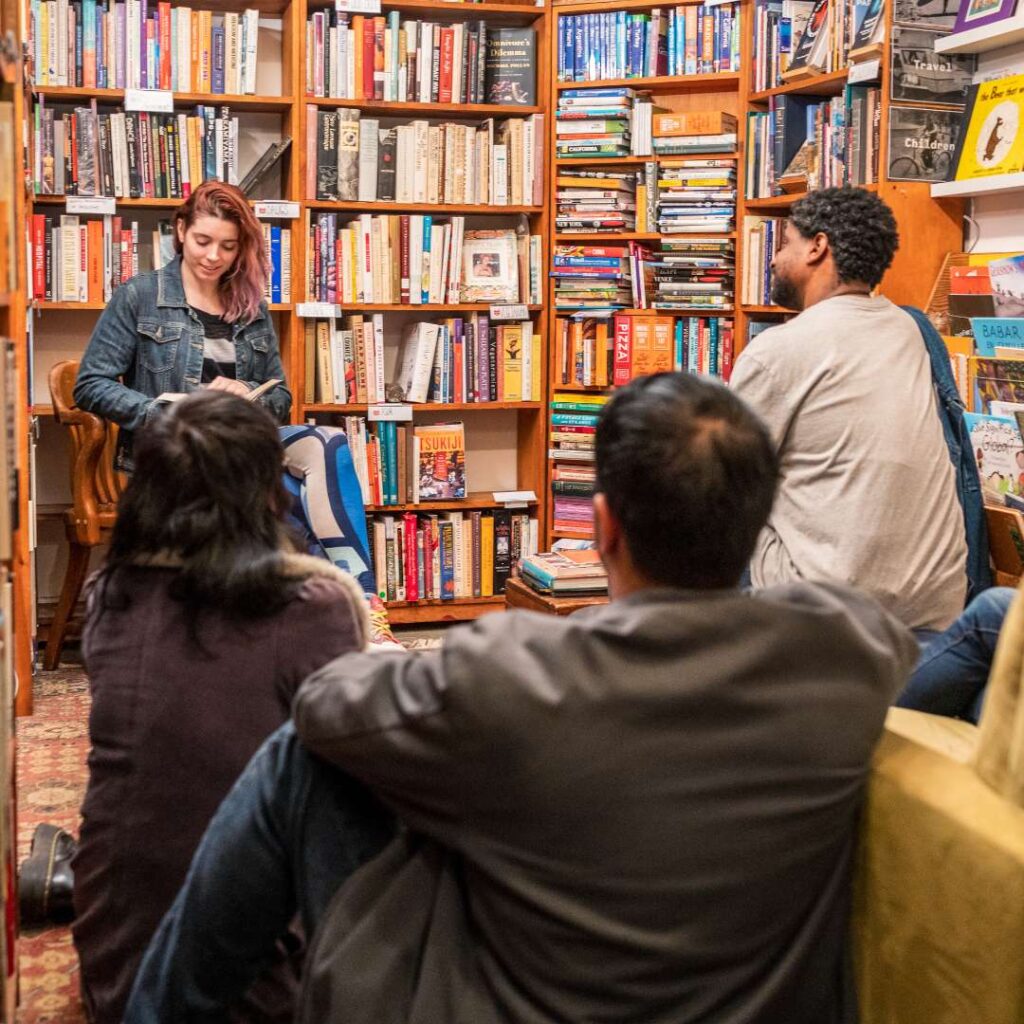Table of Contents
- Introduction
- The Evolution of Indie Publishing
- The New Gatekeepers: Algorithms and Aggregators
- The Creator Economy and Author-Entrepreneurs
- The Importance of Community and Collaboration
- The Internationalization of Indie Publishing
- Challenges Ahead: Oversaturation and Burnout
- Innovation and the Road Ahead
- Conclusion
Introduction
Indie publishing has always thrived on disruption. From the underground zines of the punk era to the self-publishing revolution sparked by digital platforms, independent publishing has long served as the wild frontier of the literary world. But as algorithms evolve, gatekeepers multiply, and corporate giants inch ever closer to monopolizing both distribution and visibility, the question looms: where is indie publishing headed?
The future of indie publishing is complex, contradictory, and rapidly shifting. Technology, economics, and evolving reader habits are shaping new opportunities—and new threats—for independent authors and presses. Despite enormous odds, indie publishing may still hold the keys to the next great renaissance in literature.
The Evolution of Indie Publishing
The term “indie publishing” once meant handmade chapbooks, photocopied zines, and literary journals stapled together in someone’s garage. Fast forward to today, and it encompasses a vast digital ecosystem—ranging from self-published novels on Amazon KDP to boutique imprints specializing in niche non-fiction. This evolution has been driven largely by technological democratization: when barriers to entry fall, creativity soars.
The 2007 launch of the Kindle and the rise of print-on-demand services like IngramSpark marked a major inflection point. For the first time, authors could write, produce, and distribute their work globally without ever stepping into a bookstore or mailing a submission to an agent. Platforms like Smashwords and Draft2Digital made it easy to publish in multiple formats, while social media empowered indie authors to build their own fan bases.
Yet, even as the tools have improved, the ecosystem has become more complex. Success in indie publishing today demands far more than just writing a great book—it requires a mastery of marketing, branding, analytics, and often, a thick skin to weather Amazon reviews. In other words, it’s no longer the wild west; it’s a battleground. And that battleground is shifting.
The New Gatekeepers: Algorithms and Aggregators
Traditional publishing has long been critiqued for its gatekeeping tendencies, where editors, agents, and marketing teams serve as arbiters of literary value. Indie publishing was supposed to sidestep all that. But in the digital era, new forms of gatekeeping have emerged. Chief among them? Algorithms.
Online marketplaces like Amazon, Apple Books, and Google Play prioritize discoverability through algorithms. This creates a feedback loop: books that sell well are promoted more heavily, gaining more visibility and sales, while equally deserving titles languish in obscurity. Indie authors must now compete not only with traditional publishers but with the opaque logic of recommendation engines.
Adding to this are aggregators—services that help indie authors distribute across multiple platforms. While convenient, they often come with fees and limited control over metadata. The risk here is that indie publishers might become too reliant on these intermediaries, losing the very independence they sought. In essence, the dream of decentralization has been replaced by a labyrinth of new dependencies.
The Creator Economy and Author-Entrepreneurs
The indie author of the future may look less like a tortured artist and more like a digital entrepreneur. Platforms like Substack, Patreon, and Ream are enabling writers to build direct relationships with their audiences and monetize their work through subscriptions, memberships, and exclusive content. This is a massive shift from unit-based sales to relationship-based models.
But this evolution isn’t without its challenges. It demands not only a shift in business model but also a shift in mindset. Indie authors must be willing to share their creative processes, engage with readers regularly, and think long-term about audience building. For some, this is empowering; for others, it’s creatively exhausting.
Still, the potential here is enormous. The creator economy allows indie authors to bypass traditional sales channels altogether. A sci-fi writer, for instance, might fund a series through reader subscriptions, develop a small but devoted community, and retain full creative control. In a publishing landscape increasingly dominated by conglomerates, this level of autonomy is not just refreshing—it’s revolutionary.
The Importance of Community and Collaboration
Indie publishing has always thrived on community. From writing critique groups to indie author conventions, the strength of the movement has often come from the grassroots. In the future, this communal ethos will likely become even more central.
Collaborative anthologies, cross-promotional strategies, and co-authorships are already gaining traction. Platforms like Kickstarter and Crowdfundr have given rise to a new kind of communal publishing, where authors and small presses team up with readers to bring books to life. This collaborative model not only spreads the financial risk but also deepens reader investment in the final product.

Moreover, indie authors are increasingly organizing themselves into collectives or micro-presses. These alliances offer shared resources, editing services, and marketing clout, providing a viable alternative to going it alone or signing with a traditional house. As the market becomes more saturated, such collaborations could mean the difference between obscurity and success.
The Internationalization of Indie Publishing
One of the most exciting trends is the growing international reach of indie publishing. A Malaysian memoir or Nigerian graphic novel can now find an audience in Berlin or Bogotá thanks to global platforms and translation tools. This global accessibility is breaking down long-standing linguistic and cultural silos.
Translation rights and multilingual publishing are becoming growth areas. Indie publishers willing to invest in quality translation, localization, and culturally-sensitive marketing will find themselves at a major advantage. Moreover, as more governments and non-profits support diverse voices through grants and residencies, the global indie scene is set to flourish.
However, challenges remain—chief among them, navigating copyright laws, payment gateways, and regional distribution constraints. But the trajectory is promising. Indie publishing, once a largely Western phenomenon, is becoming genuinely global. And that globalization is enriching literature in ways we are only beginning to understand.
Challenges Ahead: Oversaturation and Burnout
While optimism is warranted, it’s not all smooth sailing. The very democratization that made indie publishing possible has led to oversaturation. Thousands of new titles are released each day, making it increasingly difficult to stand out. Quality control can also be inconsistent, eroding reader trust.
Burnout is another growing concern. The pressure to write, publish, market, and maintain a personal brand can be overwhelming. Many indie authors report creative fatigue, exacerbated by the constant demand to be online, engaging, and “always on.” In this environment, sustainability becomes as critical as success.
There’s also the looming specter of AI-generated content. While some see it as a tool, others see it as competition. The proliferation of AI-authored books raises questions about originality, ethics, and literary value. As AI grows more sophisticated, indie authors will need to distinguish themselves not just by output, but by voice, authenticity, and emotional resonance.
Innovation and the Road Ahead
Despite these challenges, the future of indie publishing is bursting with possibility. Innovations in augmented reality (AR), interactive ebooks, and serialized storytelling are opening new frontiers. Blockchain is being explored for rights management and royalties. And tools like Atticus and Scrivener are making the publishing process more streamlined than ever.
There’s also growing interest in cooperative publishing models, where authors, editors, designers, and marketers share profits and decision-making power. This model not only challenges the hierarchical nature of traditional publishing but also promotes a fairer, more transparent ecosystem.
Looking ahead, the indie world may begin to coalesce around hybrid models—where authors alternate between indie projects and traditional contracts, or where small presses adopt agile, tech-driven workflows. The lines will blur, but the core values—autonomy, diversity, innovation—will remain.
Conclusion
Indie publishing is not going anywhere. It may morph, mutate, and occasionally combust, but it will endure—because it fulfills a fundamental need in the literary ecosystem: freedom. Freedom to tell stories that don’t fit the mold. Freedom to build communities that transcend borders. And freedom to experiment, fail, and try again without corporate permission.
The future of indie publishing will be messy, decentralized, and gloriously unpredictable. But for those who are adaptable, community-minded, and creatively resilient, it promises not just survival, but true creative fulfillment. And that, in the end, is worth more than any bestseller list.
